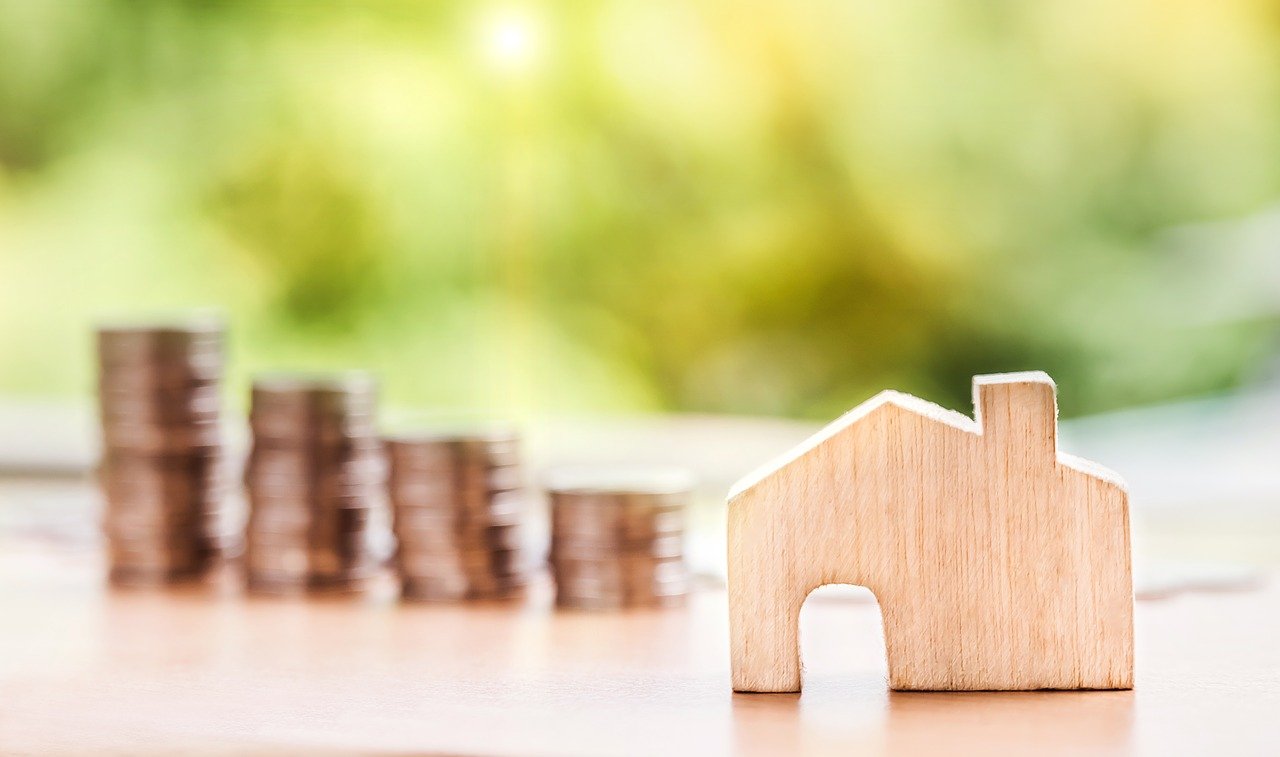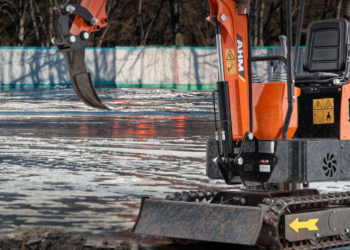Did you know that over 50% of the energy produced in America is wasted? There are many culprits to blame for the waste of energy, such as transportation and commercial buildings.
However, residential home utilities also waste a significant amount of energy. Not only is the bad for the environment, since much of the energy we use is extracted from the earth.
But it’s also terrible for our bank accounts. Energy wasted is money wasted. Imagine throwing hundreds of dollars into the trash every year. Now imagine what you could do with that money instead of budgeting utilities.
If you are ready to control your energy waste and lower your utility bill, keep reading for 10 easy steps to reclaim your money.
- Get an Energy Audit
Hiring a professional to audit your energy usage (and waste) is an excellent first step. They will see things you would never have thought of.
They will check where around doors and windows to see where the air is escaping. They’ll check the attic for proper insulation. They will check your lighting, faucets, and appliances to see where your biggest issues are.
It’s best to tackle the biggest energy drainers first and handle the small stuff after.
- Install a Smart Thermostat
One of the best things you can do, particularly if you are in an older home, is to install a smart thermostat. With these, you can select a specific temperature setting for your home, rather than simply turn your AC or heater on or off.
You can also set schedules and control everything on your smartphone. Leave the AC off while everyone is gone to work and school for 8 hours. Then, when someone is heading home, they can open the app on their smartphone and adjust the temperature, so it feels good by the time they get home.
TIP: Households might be exclaimed to know that government backed central heating grant is now available. A thermostatic radiator and an A rated boiler will be installed for free of cost. Check your eligibility today for a central heating grant.
Another way to save money on AC in the summer is to enroll in your state’s “Demand Response” program to lower your energy use at peak times of the day. Take a look to see how enrolling can save you money and save your region from blackouts.
- Insulate Everything
Anything that transports hot or cold air or water should be insulated, if possible. This includes your water heater and the pipes that leave the water heater.
Adding foam insulation to the outside of your pipes is incredibly easy. Also, check your attic for proper levels of insulation. In the winter, the amount of heat lost through your attic could be hundreds of dollars in one season.
- Unplug the Phantoms
There are dozens of electronics around our homes sucking up power without us releasing it. Yes, even when they are turned off.
Phantom electronics are those that use considerable amounts of energy when turned off. This includes cable boxes, stereos or speakers, and TVs.
But all electronics will continue to draw trace amounts of electricity when turned off (less than the phantom devices listed above). While the energy amount is tiny, it’s multiplied by the number of items plugged in over the course of months and years.
Unplugging items that aren’t in constant use should be a habit. The best way to do this is with a power strip. That way, you can “plug and unplug” with the touch of a button.
Unplug your entertainment devices, such as TVs, game consoles, and computer monitors when nobody is home. Keep kitchen appliances, such as toasters, kettles, and mixers unplugged until someone needs them.
- Keep Vents and Doors Open
Closing air vents and doors cause your AC or heater to work harder than they need to. When your thermostat senses some areas of your home are not reaching the desired temperature, they will continue to function, wasting energy.
Keeping them open allows for airflow and a consistent temperature throughout the home. For privacy, just leave doors slightly open for air. Save on your cooling and heating bill and keep everyone more comfortable.
- Upgrade Your Appliances
Old, outdated appliances are wasting money each and every time you use them. With modern technology always advancing, you might never have the most efficient appliances.
But if your appliances haven’t been replaced in 15 years or more, it’s time to consider an upgrade. You may even qualify for energy rebates when you upgrade.
- Swap Your Lightbulbs
Here’s an easy one for you. Swap out old, inefficient lightbulbs for energy star approved bulbs.
For example, an old, 60W incandescent lightbulb might cost $5 per year to use. And they last only 1,000 hours. A modern 12W LED lightbulb will only cost about $1.00 per year to use, and they last 25,000 hours.
Multiply those savings by every light in your home. It’s worth pulling the ladder out to lower your electric bill.
- Replace Weather Stripping
Doorways that aren’t properly sealed will cost a lot of money. In the summer, your cold air is seeping out through the gaps between your door and the frame.
The easy solution? Take a few minutes to apply some cheap weather stripping around the frame. It really helps to lower your cooling and heating bills.
- Close the Curtains
Using proper curtains during the day can help insulate your home. When sunlight enters the home through windows, it also provides heat. In the summer, you don’t want additional heat in your home.
Energy star approved curtains help to block the heat from sunlight during the day, so your AC doesn’t have to work as hard.
- Adjust Your Water Flow
A quick and easy way to lower your water bill is to install flow restrictors on your water faucets. These simple screw-on devices restrict the amount of water coming out, most of which is wasted and goes down the drain.
Some people hesitate to restrict water on their kitchen sink, as they appreciate the high pressure for dishwashing. But for all other sinks, you don’t need high-pressure.
Take Control of Your Home Utilities
Many of the steps necessary to lower your home utilities bill don’t take much time or effort. Really, it’s pretty easy to do.
The key is intentionality. Some of the steps require building simple habits, such as keeping vents and doors open, or unplugging power strips when not needed.
Others are even easier. Once you install lightbulbs or upgrade your appliances, you don’t have to think about them. Other than turning the lights off when you leave a room. That’s a good habit to build.
If you are looking for more ways to save money and make your home a more enjoyable place, be sure to check out our blog today.







